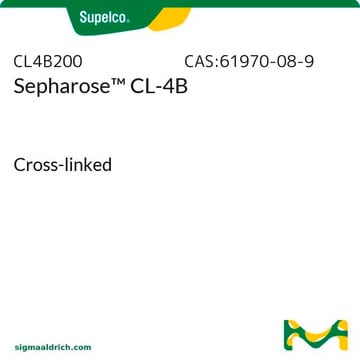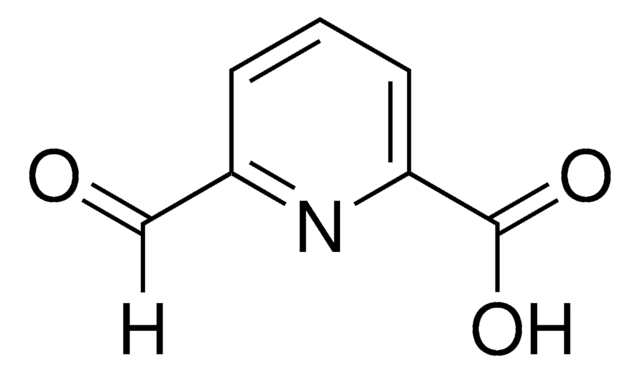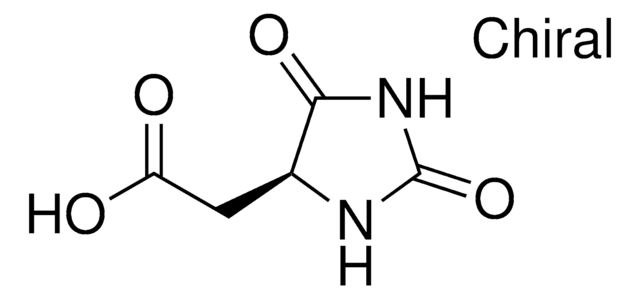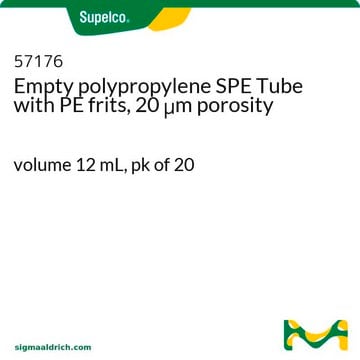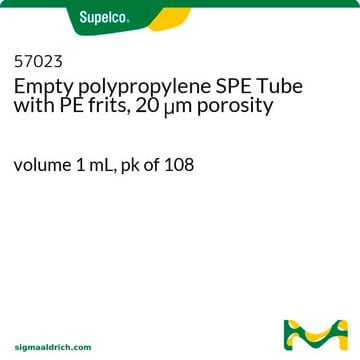CL2B300
Sepharose™ CL-2B Size Exclusion Resin
Cross-linked, 70-230 mesh
About This Item
Recommended Products
product name
Sepharose™ CL-2B, Cross-linked
form
suspension
bead diameter
60-200 μm
pore size
100,000-20,000,000 fractionation range (Dextrans)
70,000-40,000,000 fractionation range (Globular proteins)
storage temp.
2-8°C
Looking for similar products? Visit Product Comparison Guide
Related Categories
General description
Application
- gel permeation chromatography (GPC)
- gravity chromatography
- streptavidin affinity chromatography
- size exclusion chromatography
Legal Information
replaced by
Signal Word
Warning
Hazard Statements
Precautionary Statements
Hazard Classifications
Flam. Liq. 3
Storage Class Code
3 - Flammable liquids
WGK
WGK 1
Flash Point(F)
102.2 °F - closed cup
Flash Point(C)
39 °C - closed cup
Certificates of Analysis (COA)
Search for Certificates of Analysis (COA) by entering the products Lot/Batch Number. Lot and Batch Numbers can be found on a product’s label following the words ‘Lot’ or ‘Batch’.
Already Own This Product?
Find documentation for the products that you have recently purchased in the Document Library.
Customers Also Viewed
Our team of scientists has experience in all areas of research including Life Science, Material Science, Chemical Synthesis, Chromatography, Analytical and many others.
Contact Technical Service
